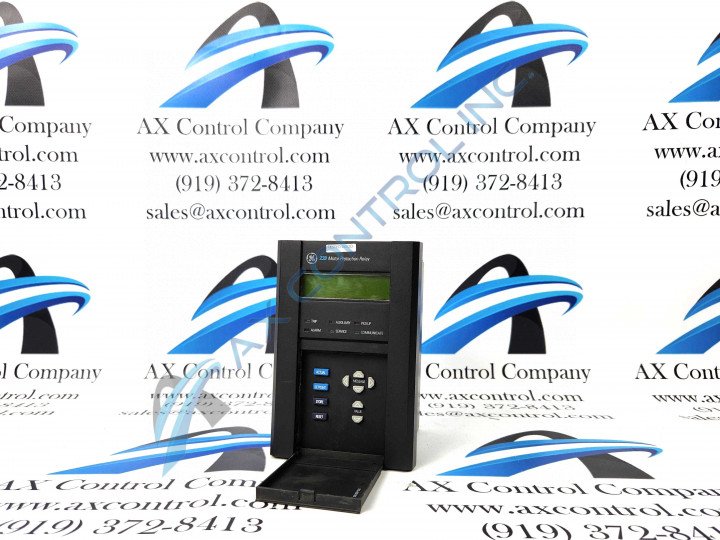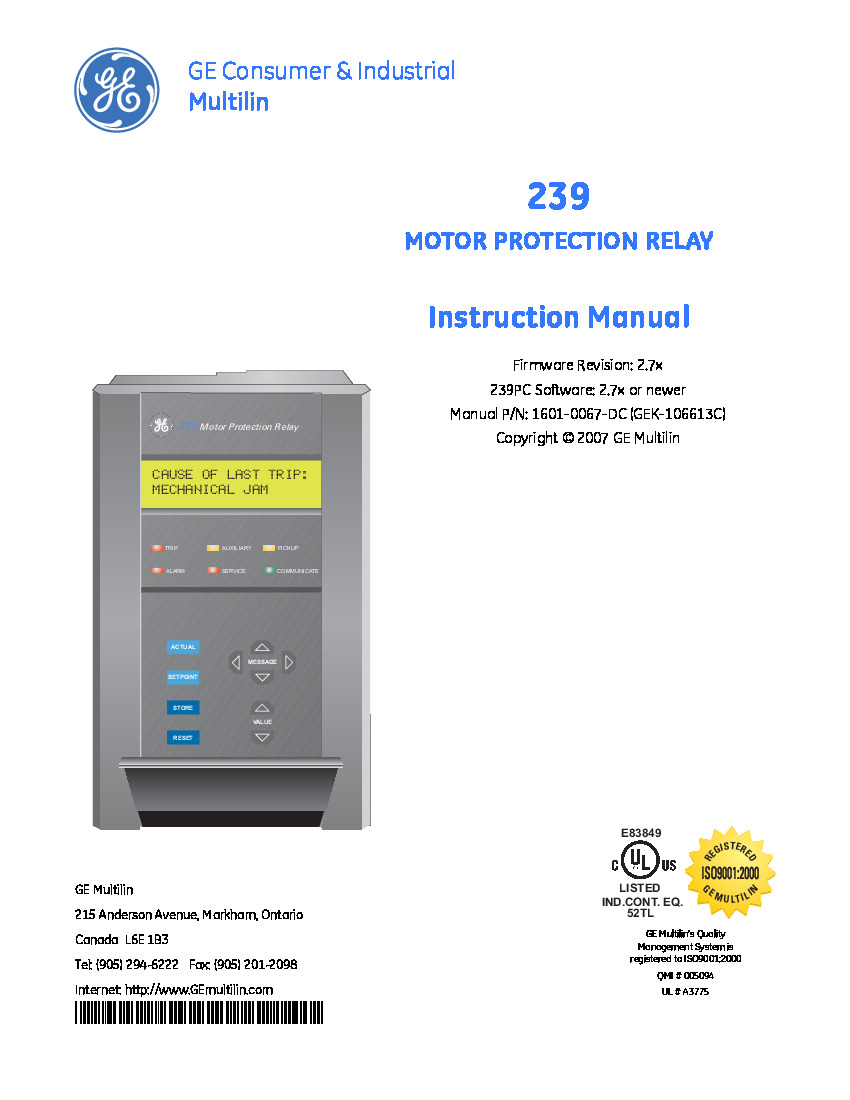About the 239-RTD
The 239-RTD model of the General Electric Motor Protection Relay series supports three types of RTDs: 100-ohm nickel, 120-ohm nickel, and 10-ohm copper. Proper programming is essential for correct RTD input after installation.
Users should understand the following about the 239-RTD:
- When used outside the factory, the standard RTD for this relay is 100-ohm platinum.
- The 239 relay senses signals from motor bearings and/or RTDs in stator slots.
- The 239-RTD model has an internally connected ground safety feature at terminal thirteen.
- When using the 10-ohm copper RTD, ensure lead resistance is as low as possible.
- The working temperature range for this model is -40°C to 200°C (-40°F to 400°F).
- The alarm/trip temperature range is approximately 0°C to 200°C.
- The relay has a dead band of 2°C (4°F).
- The accuracy of the 239-RTD is ±2°C.
- Platinum (Pt) or Nickel (Ni) RTDs have a maximum lead resistance of 25 Ω.
- Copper (Cu) RTDs have a maximum lead resistance of 3 Ω with three-wire lead resistance compensation.
For more information on operation, installation, and features, refer to the 239 Motor Protection Relay Instruction Manual. The order code for model type and functions is located on page seven of chapter one in the manual.













